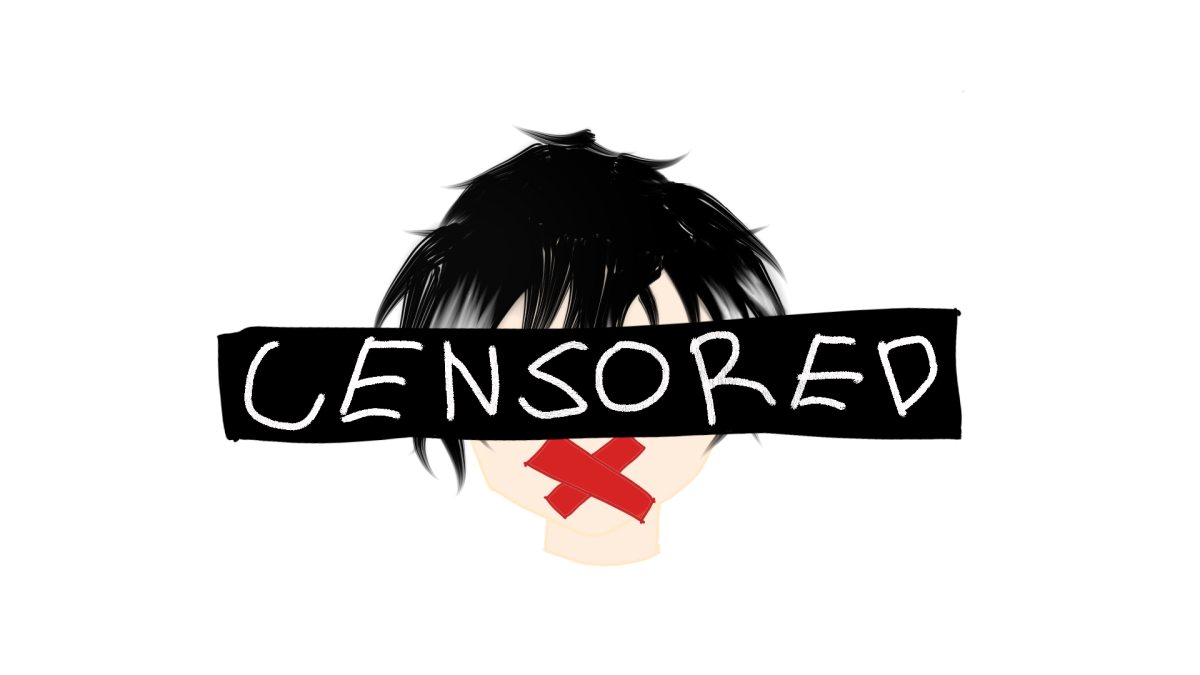When I reached the tender age of 8, my parents allowed me to use the email account they had created for me years earlier. For the next five years, I communicated with my family and friends solely via emails, Google Hangouts and brief calls on my older sister’s hand-me-down Palm Pixi, bequeathed to me in the sixth grade.
Now, upon opening Instagram, I find a shocking number of accounts belonging to middle and elementary school students. Many post pictures with friends, follow celebrities and comment on their friends’ posts — all seemingly harmless activities.
Yet as more children use social media, the danger of such early and extensive usage skyrockets.
Although the world is shifting into a digital era, growing accustomed to using social media at an early age only paves the way to an addiction to presenting a certain image online.
This dependency then causes younger students to lack in-person interaction with others, and by extension, certain aspects of social intelligence. When friendship is conducted primarily online, many children miss out on the personal and sometimes intimidating aspects of communication, wrote Rachel Ehmke of the Child Mind Institute. They may also waste free time on social media instead of exploring hobbies and activities needed to help them grow.
Constant exposure to the picture-perfect lives of models and celebrities can also place unnecessary and unhealthy expectations on adults, even more so for impressionable, younger students. These expectations cause pre-teens to focus too much on shallow, materialistic matters, leading them to strive for high numbers of followers and perfect bodies before theirs are even fully matured.
Not only are these expectations unrealistic, but they also prove detrimental to children’s mental health. According to a study by the Royal Society for Public Health, Snapchat, Facebook, Twitter and Instagram correlated to a lack of self-esteem and an increased feeling of depression, wrote Ehmke.
Even more problematic is the fact that most social media platforms are not built for younger students. Virtually every platform has an age restriction for people above the age of 13 — and for good reason. Although there are PG pages and accounts sprinkled here and there, many people post pictures, memes, or videos that normalize drugs, explicit language, insensitive jokes and dressing provocatively.
Being constantly exposed to such content may result in young students beginning to adopt manners inappropriate for their ages, such as swearing, cracking crude jokes and dressing like the Instagram models they see on their feeds. These pre-teens mature too early, acting older than they really are before they are even ready for those behaviors.
Consequently, many of these students find themselves getting physically or emotionally hurt and not knowing how to properly handle more mature issues like relationships.
This isn’t to say that every pre-teen should completely cut themselves off from social media and revert to using Gmail and flip phones for communication. But their social media usage must be monitored and restricted to age-appropriate content such as slime videos, so they can learn to turn away from their screens and focus on extracurriculars and healthy, in-person friendships rather than devoting their time and attention to increasing the number of likes, comments and followers they have.

























